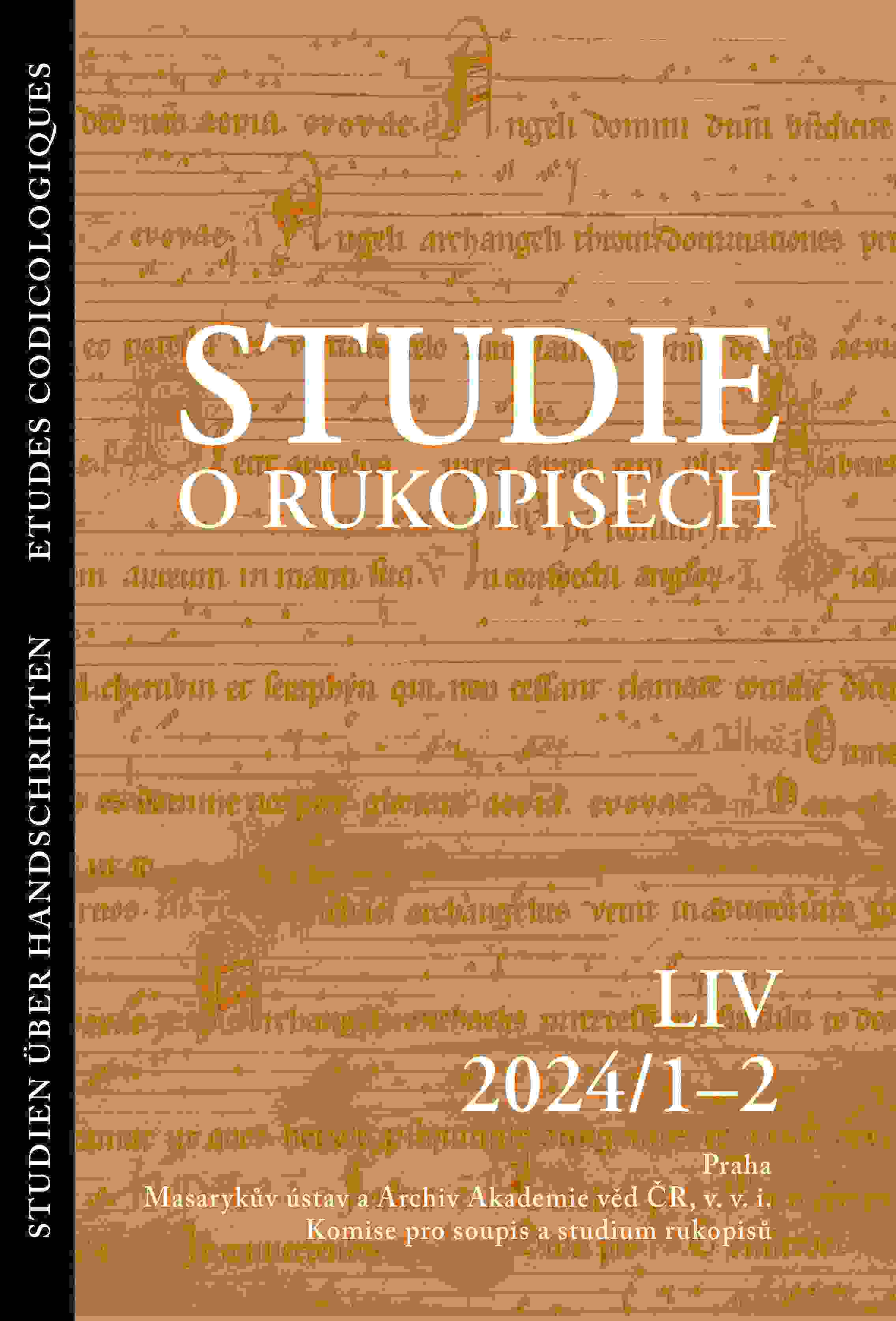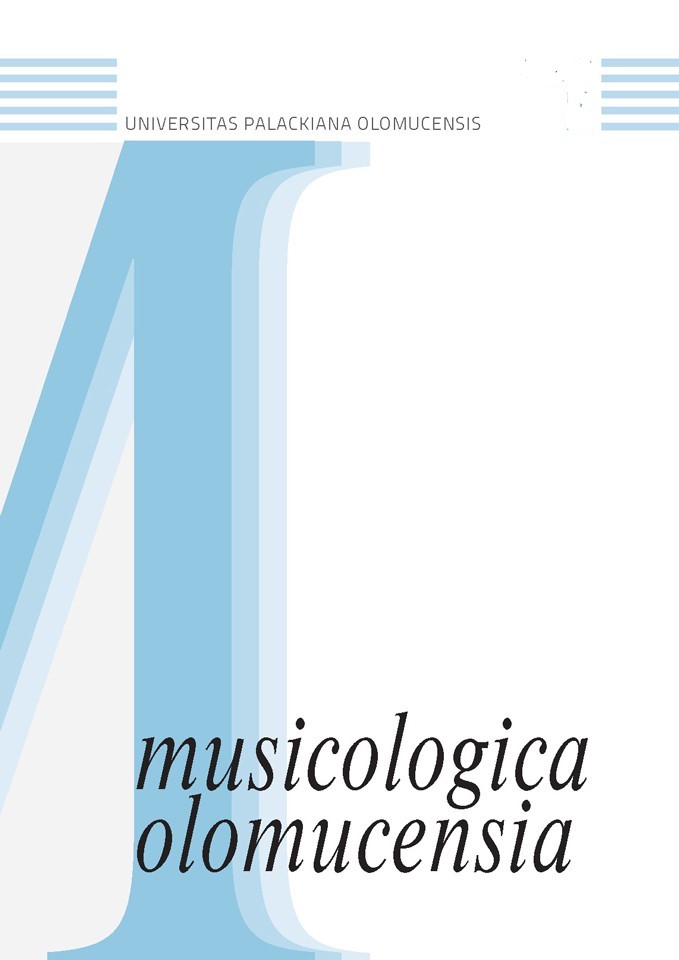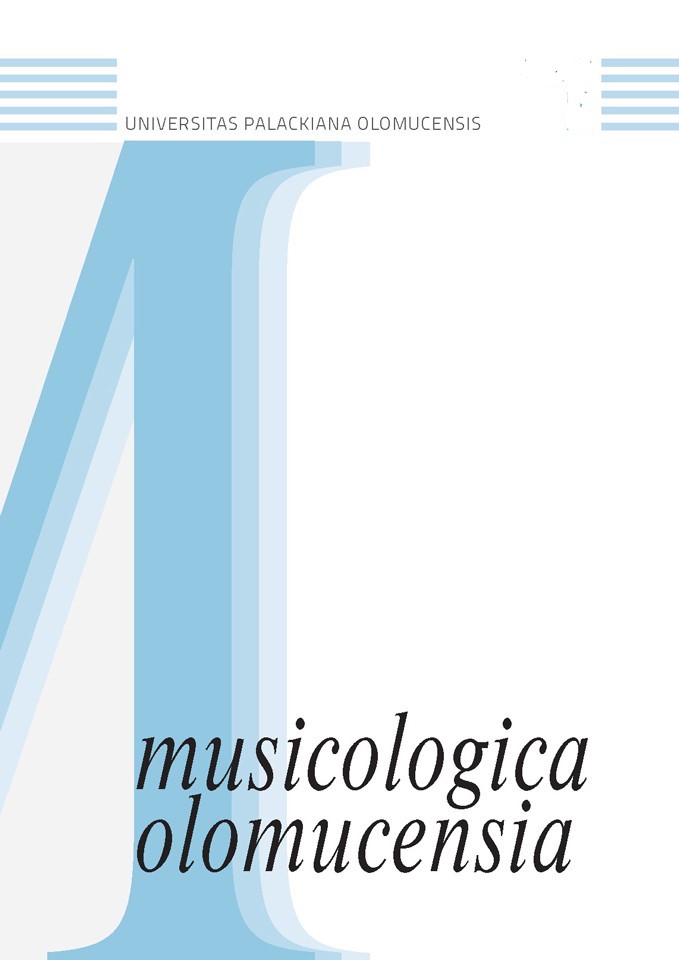
Konji, sokoli, slavuji: Simbolika životinja i ptica u svedalinkama
The roles of horses, falcons, nightingales and doves in sevdalinke are varied. On one level, horses and falcons played an important role in a young man’s life in Bosnia. They were both valuable and valued possessions, with horses used for transportation, and trained falcons for hunting small game. In some of these songs, this value is highlighted. Their attributes of power and swiftness appear in sevdalinke, often in riddles, as in ‘what is swifter than a falcon’s eye.’ On another level, a most important function of these animals is as messengers, which is common in Slavic folklore. They communicate with and aid humans, telling them information about their beloved. On yet another level, falcons can be direct representations of young men. Doves symbolized young women, and also appear as affectionate epithets. These birds represent he emotion of love, for young women, and also for couples. Nightingales, as in much of world literature, symbolize passion and longing.
More...






